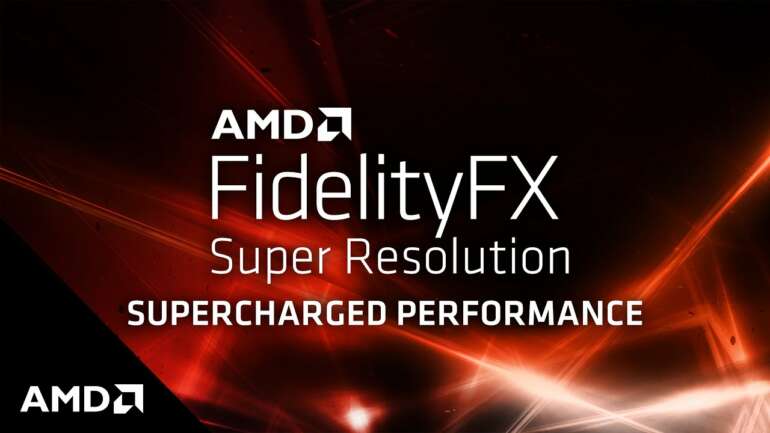About a year ago, AMD had announced its FidelityFX Super Resolution (FSR) technology. This technology aimed to provide a boost in performance for users while gaming and was a reply to Deep Learning Super Sampling (DLSS) by Nvidia. While Nvidia‘s DLSS used Deep Learning and AI to function, AMD said that their FSR technology doesn’t do that stuff.
Perhaps what no one saw coming was the fact that AMD not only enabled FSR technology on their own AMD Graphic Cards but also Nvidia Graphic Cards, all the way to the Pascal series and showed various benchmarks in various games in terms of FSR performance (Read more here). They aimed to advance their own technology and at the same time shared it with others too. What a chad move! But they did they bring out something good to the table?
How does FSR work?
So how does FSR actually work? Well, according to a patent, “The combination of the linear and non-linear upscaling facilitates both the preservation of color and larger-scale features (large objects and shapes that are more easily perceived by the human eye) of the image from linear upscaling as well as the preservation of finer features (e.g., curved features and features that are not easily perceived in low resolution) of the image from non-linear upscaling.”
What does all this mean? There are two networks, a linear upscaling network and a non-linear upscaling network through which the low resolution frame goes at the same time. The results are combined into a grid of pixels and generates a frame with higher resolution pixels. This requires no training or machine learning.
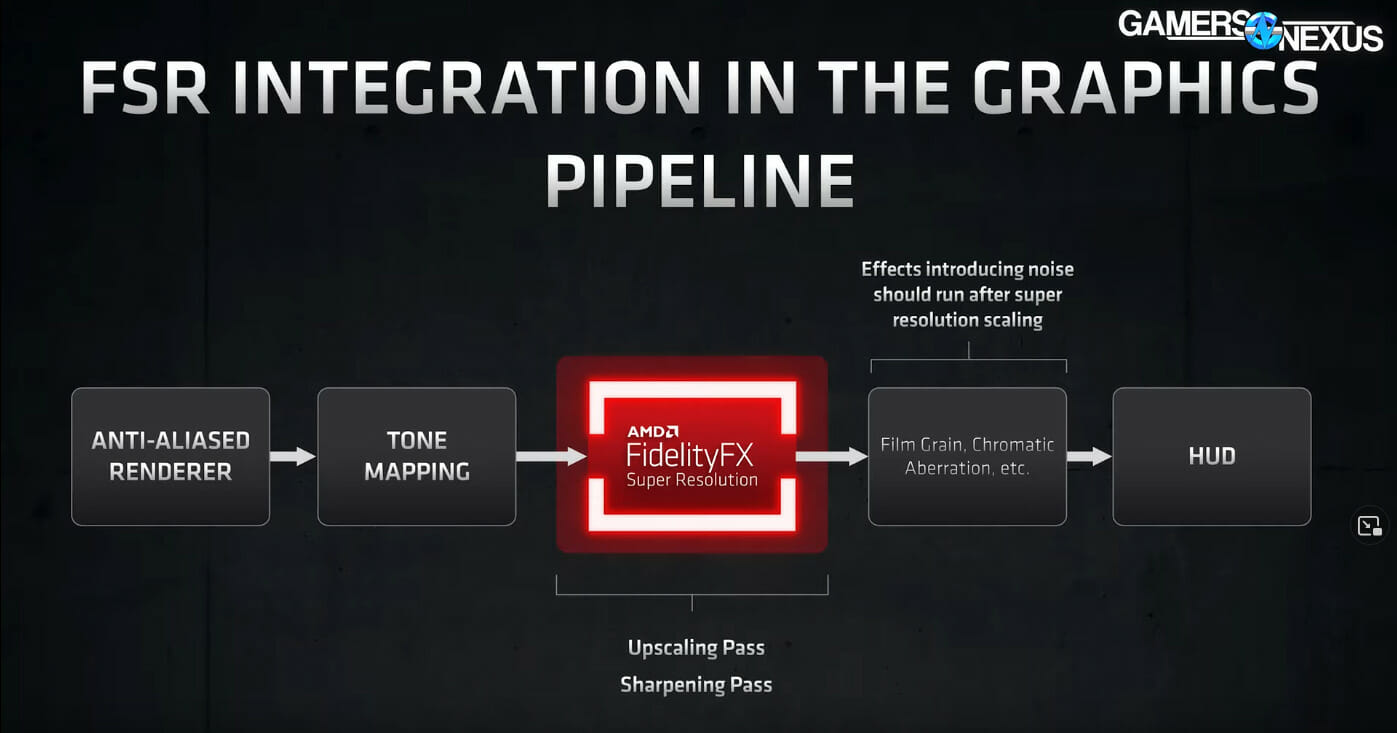
FSR supported hardware
- Radeon™ RX 6000/6000M Series
- Radeon™ RX 5000/5000M Series
- Radeon™ RX VEGA Series
- Radeon™ RX 500 Series
- Radeon™ RX 480/470/460
- Ryzen™ 2000 Series Processors with Radeon™ Graphics and Newer
- NVIDIA® GeForce RTX™ 30 Series
- NVIDIA® GeForce RTX™ 20 Series
- NVIDIA® GeForce GTX 10/16 Series
More on FSR
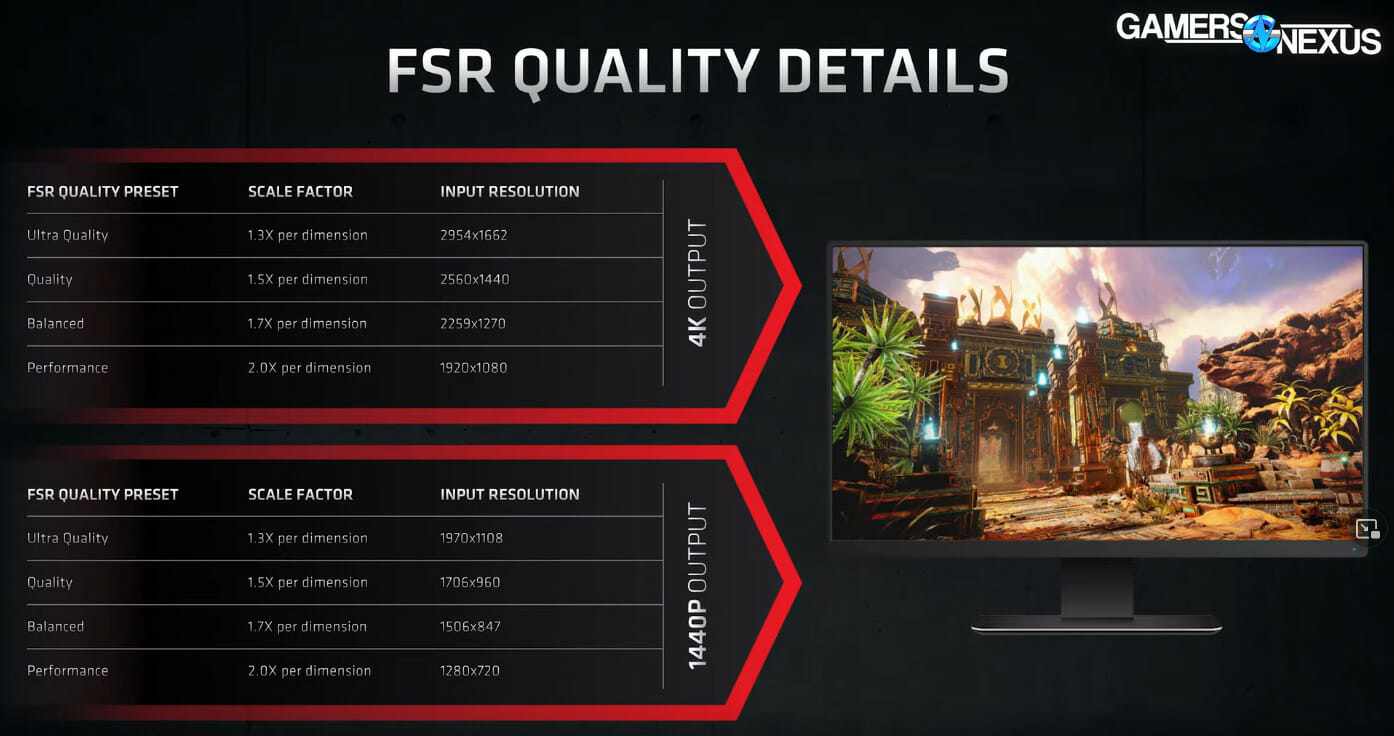
Benchmarks
Gamers Nexus and Linus Tech Tips have released a proper benchmark list from FSR’s official release.
Riftbreaker
Graphics hardware used: AMD Ryzen 7 5700G APU
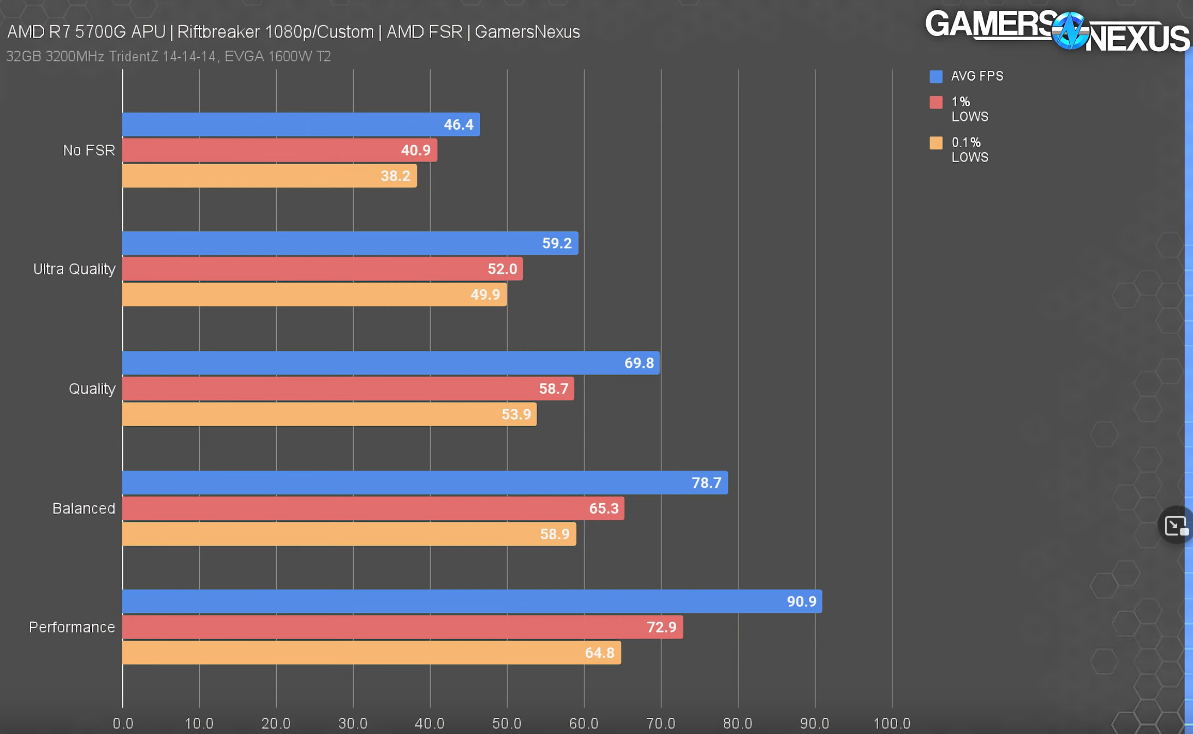
Anno 1800
Graphics hardware used: AMD Ryzen 7 5700G APU
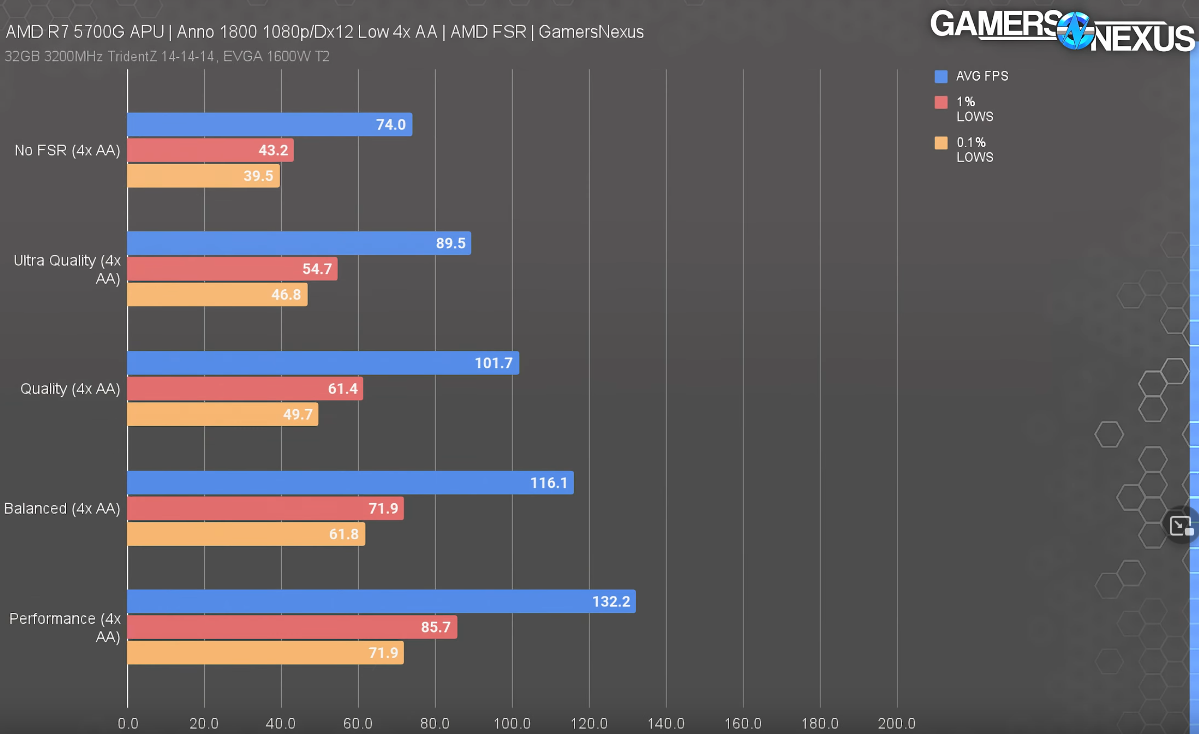
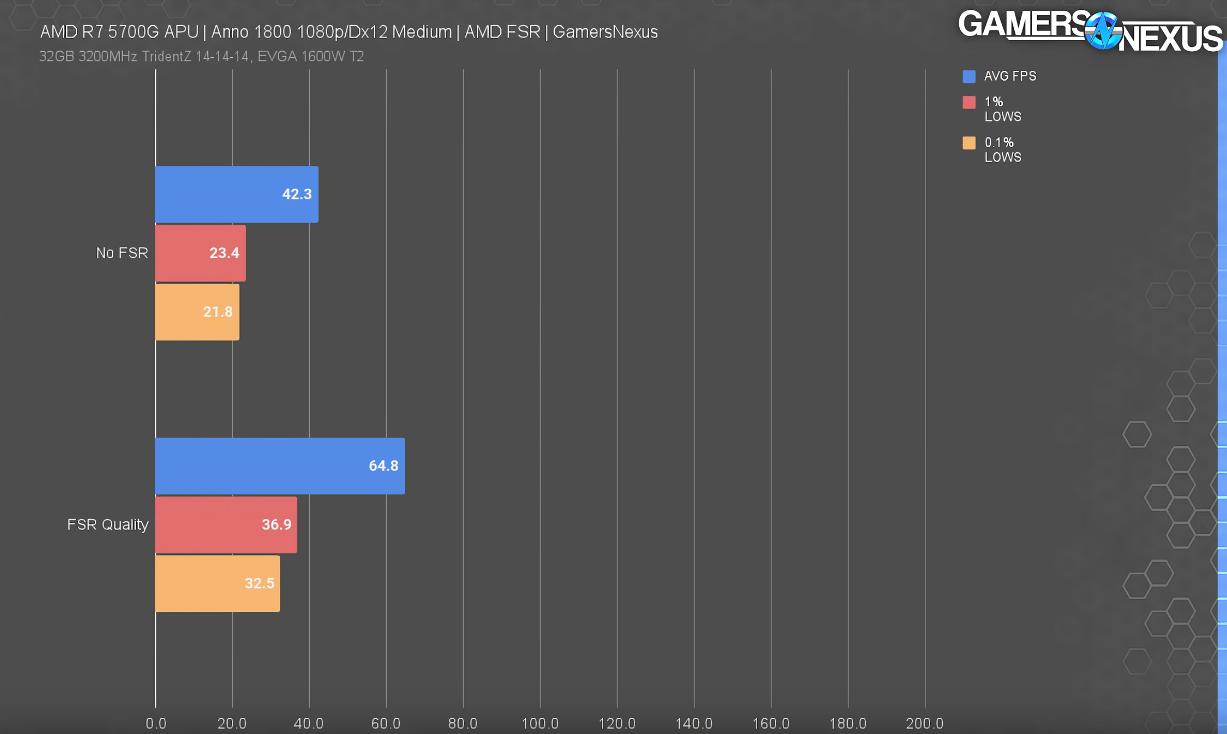
Godfall
Graphics hardware used: AMD Radeon RX 6800XT
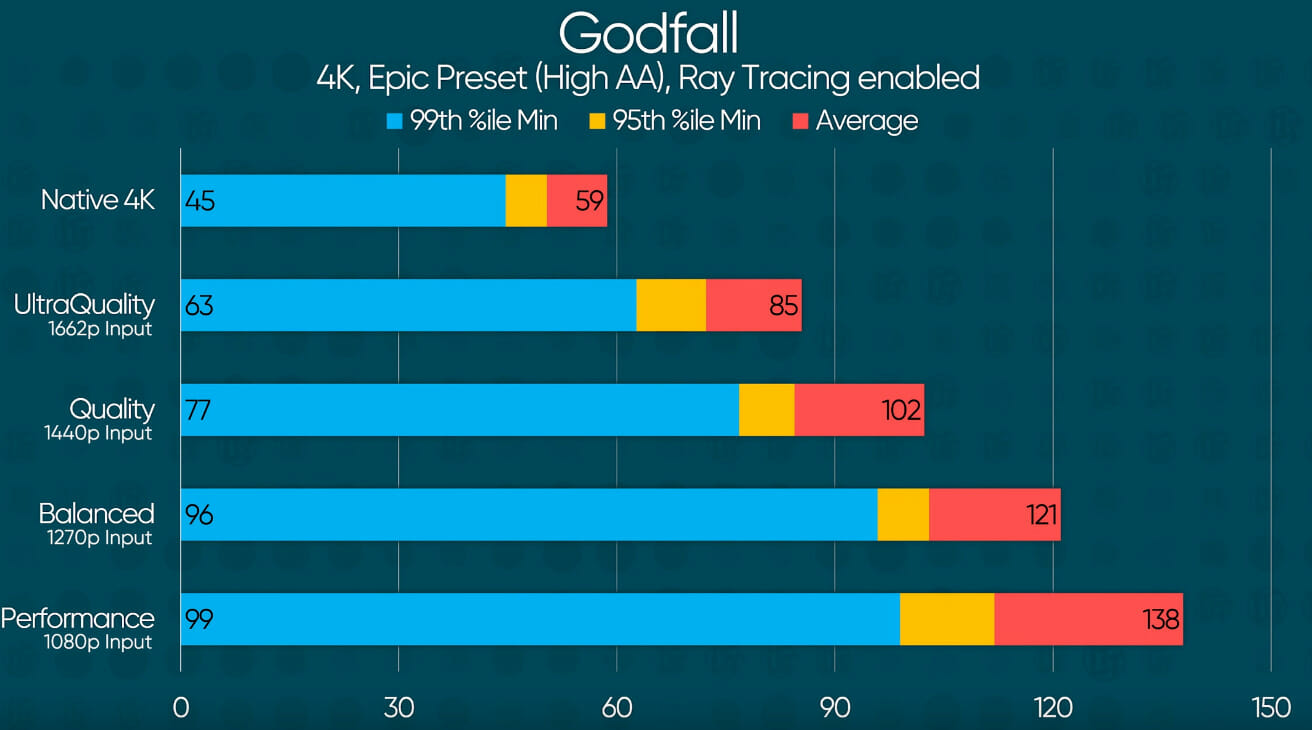
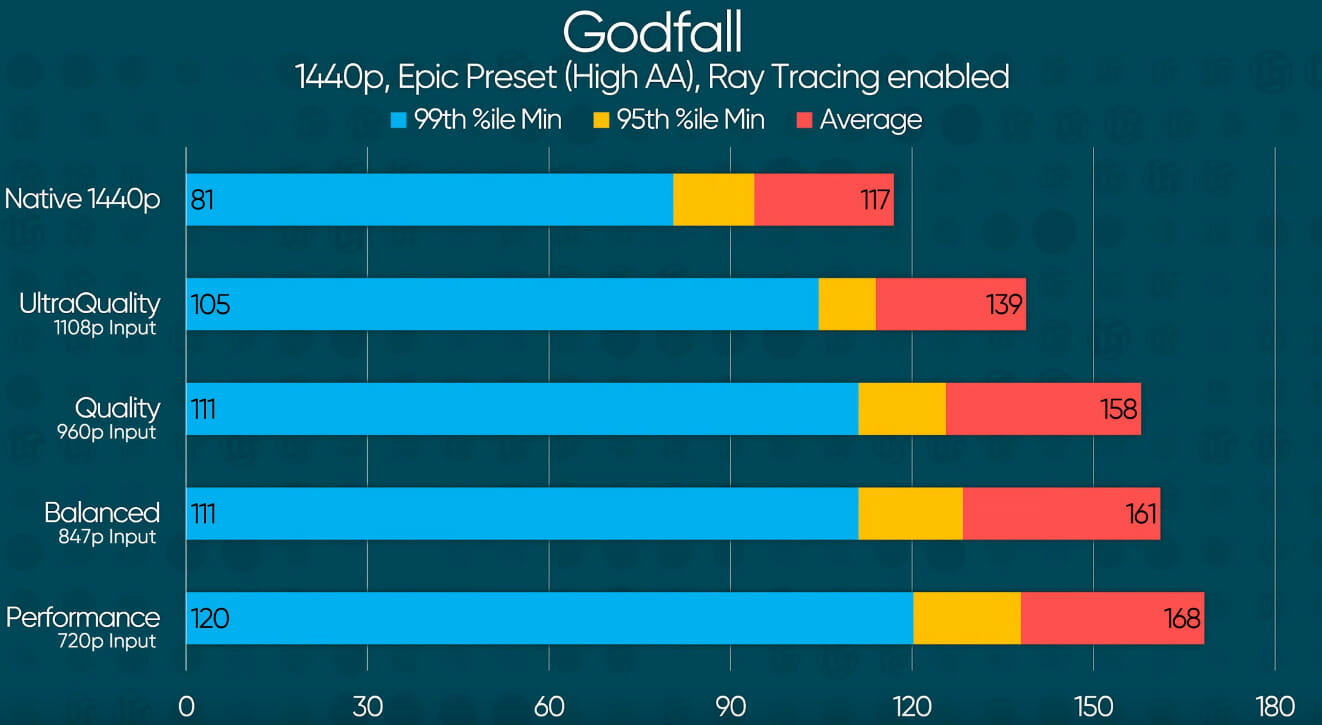
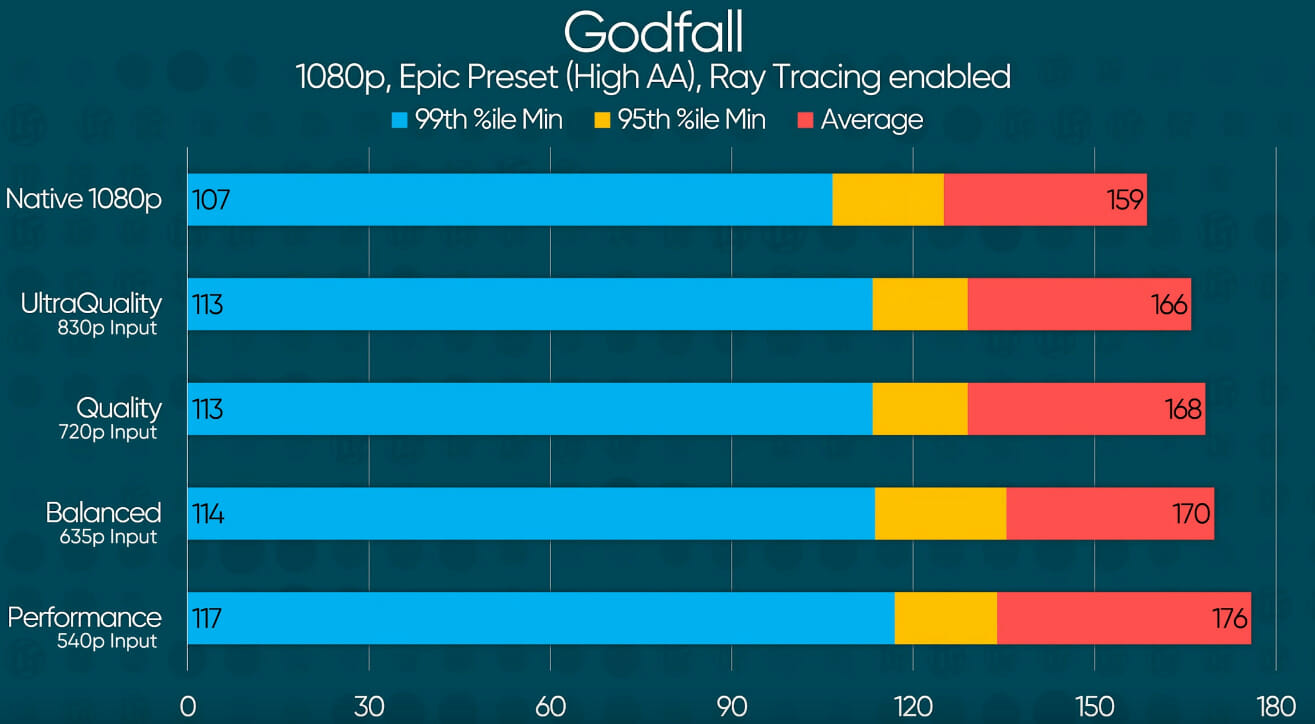
Conclusion
Now that there are two companies with their own methods of upscaling technology, who did it better? Should you go with Nvidia DLSS or AMD FSR. Keep in mind, that one of them works on both types of cards (whether Nvidia or AMD) and the other works only on high end cards of their own.
Since FSR does not use any Deep Learning, its upscaling is more lossy than the crisp image images produced by DLSS. However it is not hardware locked to the newer AMD GPUs. So it might just come down to what card you have. If you plan on going with a lower end card anyways, then you won’t have any choice except AMD FSR, but the choice does come when you are to choose a higher end card.
Nvidia’s DLSS does seem to perform better than AMD’s FSR. But this doesn’t mean it will remain bad. Even DLSS was really bad at first but has now developed into something revolutionary, so the same thing could be expected from FSR. FSR just needs more games to support for now, for e.g. AAA games like Cyberpunk 2077.

